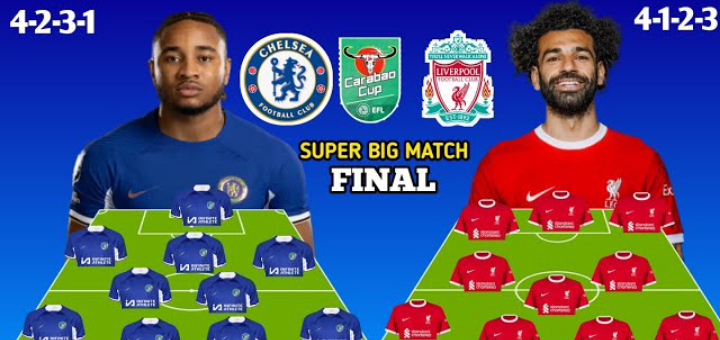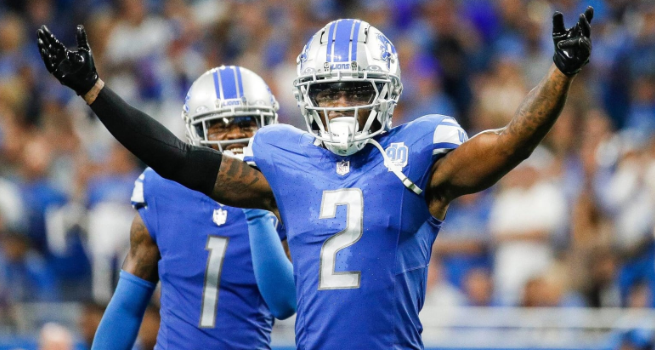Ohio State University has recently suffered another blow as one of its key players, a standout athlete, was lured away by a contract offer from a rival team. This marks the latest in a series of high-profile departures that have sparked concerns among fans and analysts alike. The player, who had been a critical part of the team’s offensive or defensive lineup, was reportedly offered a more lucrative contract, leading to his decision to leave the Buckeyes for a competitor. The rivalry between Ohio State and other major programs has only intensified, with schools eager to capitalize on any opportunity to strengthen their roster by poaching talent.
The decision has led to questions regarding the stability of Ohio State’s football program, particularly in light of the growing influence of NIL (Name, Image, and Likeness) deals, which have transformed the landscape of college athletics. As the NCAA allows student-athletes to profit from their personal brand, the dynamics of recruitment and retention have changed drastically. Rival programs now have the financial means to secure top talent through competitive offers, putting schools like Ohio State at risk of losing their key players to better financial packages elsewhere. This shift is reshaping the recruitment game, and Ohio State must navigate this evolving environment to stay competitive.
For Ohio State, this loss is not only a setback in terms of roster depth and talent but also a wake-up call to reassess how they approach both recruitment and retention. The emergence of NIL-related incentives has made it clear that traditional methods of attracting players may no longer be enough. The university, alongside its athletic department, will likely need to adjust its strategies in order to hold onto key players and continue competing at the highest level. As the landscape of college football changes, Ohio State’s ability to adapt will be crucial in maintaining its dominance and securing top-tier talent against rival programs.










